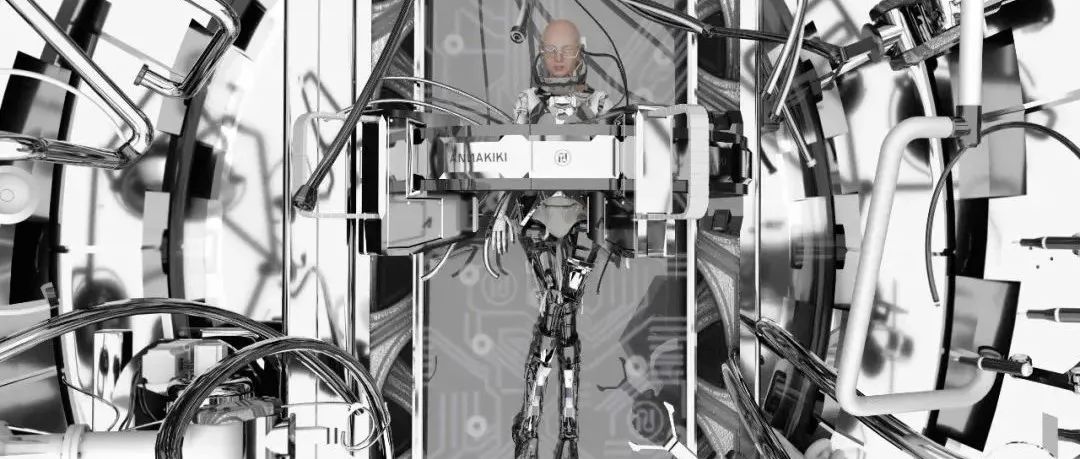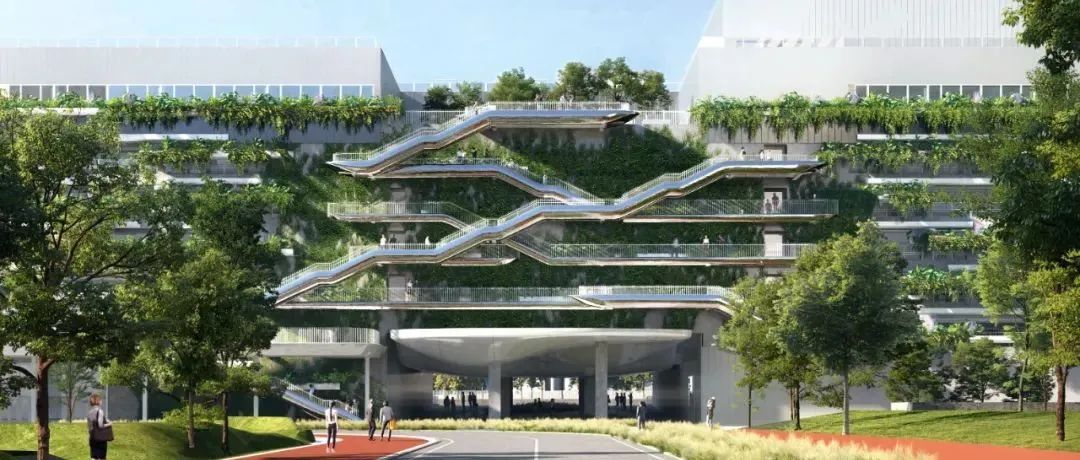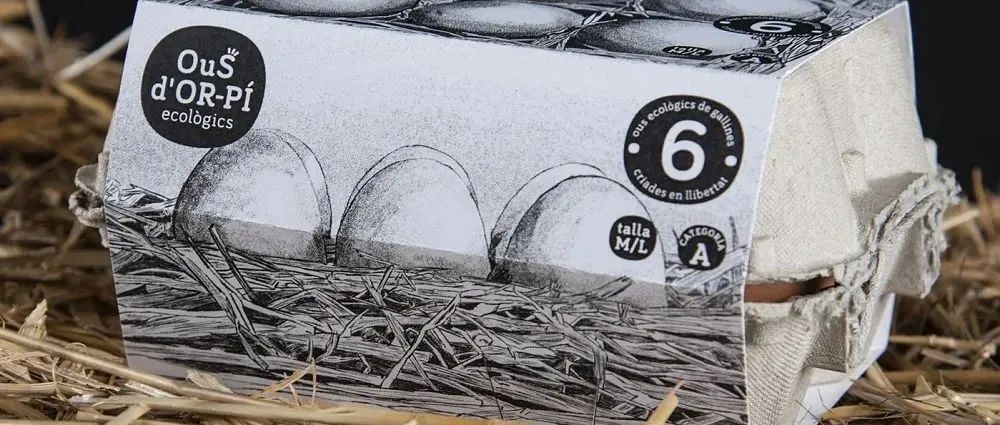Designed in collaboration with Djinjama, a First Peoples cultural research and design agency, the Advanced Manufacturing Research Facility (AMRF) First Building places sustainability at its heart — and restores Indigenous Australian culture as the lifeblood of the land.
Facing the future while honouring the past, the AMRF First Building is a collaborative space for government, industry and research to incubate innovative manufacturing projects. As the name implies, it’s also the first building to be designed for Aerotropolis, the new urban region that’s set to transform Western Sydney.
This unique workplace will feature a visitor centre and public viewing spaces designed to showcase the real-time building progress of Australia’s newest, most sustainable, and most connected city.
A celebration of the meandering and ephemeral water of the Cumberland Plain, the AMRF First Building reinstates the site’s permeability, collecting and filtering the building and the site’s runoff across and through a richly planted landscape of Cumberland Plain plant species and water features.
AN URBAN PAVILION UNIQUE TO PLACE
Designed around the existing paddocks and tree stands but also as an urban pavilion in the future context of the city, the AMRF First Building is a human-scale structure, which acts as a public space providing relief from the density of the surrounding urban area.
As the first building for Aerotropolis, it sets a benchmark for the city to follow based on an ethos of being ‘connected, green and advanced’. It promotes design that is of its place and connected to Country.
In the local Dharug language, the area hosting Aerotropolis is known as Wianamatta, which means ‘Mother Place’. It’s a site of significance for First Nation’s women, reflected in the building’s open and welcoming architectural expression, a design language centred on ideas of water and fluidity, and the use of warm, soft, natural materials that touch the ground lightly.
STRENGTHENING ECOLOGICAL IDENTITY AND FUNCTION
The AMRF First Building will demonstrate how contemporary urban landscapes can successfully represent, be informed by and champion existing ecology and natural landscape.
It celebrates the Cumberland Plain of Western Sydney by immersing people and their activities within a richly planted, permeable ground plane of locally, underused species.
This will play a critical role in re-establishing an ecological identity for the site and set an important precedent for the future development of the Aerotropolis region.
Water and water management is of great significance to this site and its wider context. The AMRF First Building adopts a holistic approach to water by capturing and storing rainwater for grey water use and landscape irrigation. Existing water bodies including the longest freshwater stream in Greater Sydney, will be regenerated to promote biodiversity, slow down runoff, and allow for natural filtration into the ground, which benefits the creek’s health.
CIRCULAR ECONOMY AT THE CORE
According to Djinjama’s Danièle Hromek, our First Nation’s collaborator on the project, designing the AMRF First Building represents “a massive opportunity across time and space”. Appropriately, it answers the burning question: what happens when the building outlives its use? Here, we’ve embedded the idea of circular economy.
The building has been conceived as a ‘kit of parts’, its timber structure comprising prefabricated modular components that are mechanically fixed together.
These can be disassembled, expanded, or even relocated. In this way, the AMRF First Building leases the land when in use, with the aim of returning it to its Traditional Owners afterwards.
SUSTAINABILITY
The AMRF First Building incorporates Indigenous culture into its outcomes, setting new and durable benchmarks for connection to Country and sustainable design principles. It’s also designed with the circular economy in mind — and can be disassembled or adapted at the end of its life.
Highlights include:
-
A 50% reduction in embodied carbon, achieved via advanced timber technology above ground that negates the need for a traditional concrete structure. In the ground, low-carbon concrete is utilised.
-
Using Lifecycle Carbon Analysis (LCA), low-embodied carbon building materials including rammed earth have been selected that connect the building back to Country.
-
The building’s prefabricated modular components are transported to the site and mechanically fixed together, generating a substantial reduction in construction time and cost.
-
Fifty percent of the roof is covered in photovoltaic devices, with portions immersed in roof top vegetation, which reduces ambient temperatures and increases energy production efficiencies.
-
The building adopts a holistic approach to the water cycle informed by the traditional Indigenous practices in this region; permeable hard surfaces allow water to naturally filter back into the local creek network, retaining water bodies to promote biodiversity, and celebrating water by bringing people closer to it.
-
Natural ventilation for 60% of the year in the workplace and public areas. A ‘red light green light’ system notifies users of which air system will be in place the following day enhancing awareness of natural ventilation and changing workplace mentality.
-
6 Star Green Star
-
Living Building Challenge
-
NABERS sustainability rating — exceeding 5.5 Star target.
Project details
CLIENT
Western Sydney Parklands Authority (WPCA)
LOCATION
Dharug Country, Wianamatta, Western Sydney
STATUS
In progress
YEAR
2023
SCALE
3,000sqm
COLLABORATORS
Djinjama (Daniele Hromek)
DESIGN TEAM
Liz Westgarth, Jon Hazelwood, Jeff Morgan, Yann Frampton, Michael White, Federico Riches
See more Hassell Education & Science projects.
本文来自微信公众号“Hassell”(ID:Hassell_studio)。大作社经授权转载,该文观点仅代表作者本人,大作社平台仅提供信息存储空间服务。












